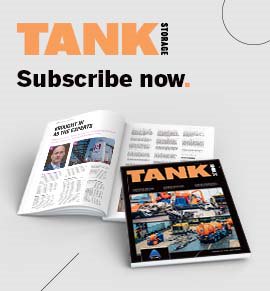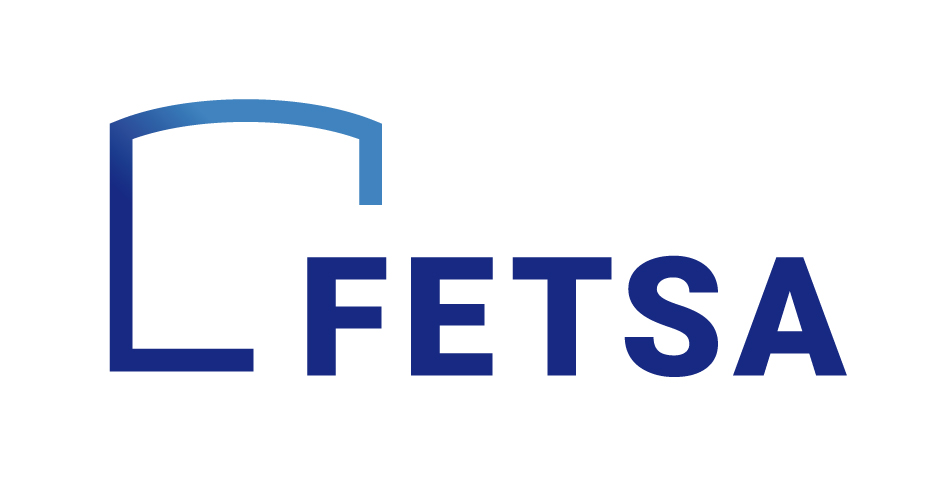July 02, 2018 [Oil & Gas Technology] - Guidance comes ahead of the International Maritime Organization’s (IMO) 2020 0.5 per cent global sulphur cap.
The fuels landscape is set to dramatically change when the International Maritime Organization’s (IMO) 0.5 per cent sulphur cap comes into force on 1 January, 2020. Ahead of this, ExxonMobil has developed top tips to help the marine industry switch to low sulphur fuels while maintaining a vessel’s safe and reliable operation.
First, establish best practice
Prevention is always better than cure, so it is advisable to
- Buy fuel that meets the latest ISO 8217:2017 specification
- Only bunker from reputable fuel suppliers
- Clean out bunker tank residues when necessary
Test for cat fines
Some new 0.5 per cent sulphur fuels could contain elevated levels of cat fines which, if not properly treated, could trigger catastrophic engine damage. If laboratory testing shows a high concentration, then:
- Maintain storage tank temperatures at least 10°C above fuel pour point
- Keep settling tanks at 85°C
- Operate purifiers at optimum efficiency and minimum throughput
- Drain water from fuel tanks to aid settling
Check for compatibility
There is a risk that two compliant fuels will not be compatible, which can trigger sludge formation. It is therefore essential to:
- Test the fuels for compatibility, ideally in a laboratory. If the fuel is already loaded, then test onboard to get immediate results
- Store fuels separately until testing has been carried out
- Even when two fuels are compatible, avoid mixing in excess of 80:20
Monitor for sludge
If sludge does start to form, it is essential to ensure against further fuel blending before any remedial action is taken, as this may exacerbate the problem. Then:
- Operate two or more separators in parallel at their lowest throughput
- Increase the frequency of purifier discharge
- Monitor and clean filters frequently
“With so many different types of fuel potentially set to enter the bunker market, vessel operators are rightly concerned about stability, compatibility and quality issues, such as elevated levels of cat fines,” said John LaRese, Marine Fuels Technical Advisor, ExxonMobil. “It will therefore be more important than ever for operators to follow best practice when bunkering compliant fuels, including using laboratories to test fuel samples for potential issues.”
—————————-
TankTerminals.com – Research, Market and Expand Your Presence within the Tank Storage Industry Learn more.











